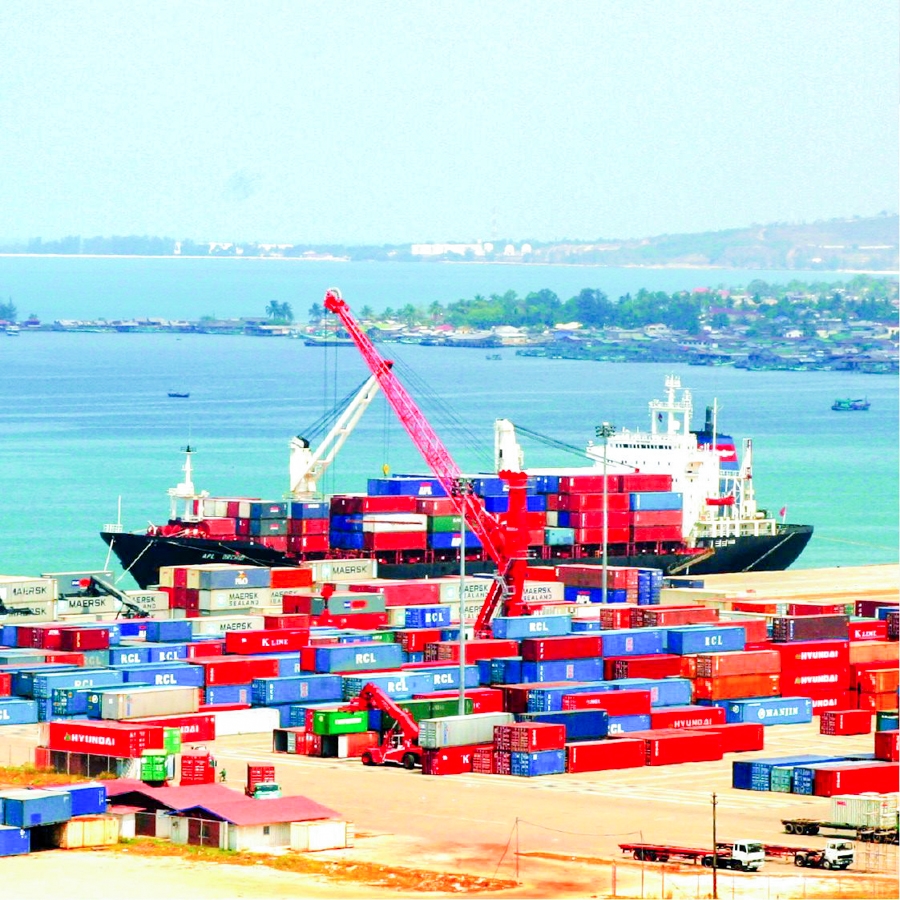Cambodia: Expanding trade and tourism
Greater use of the national currency is key to accelerating trade and increase tourism.
Over the last few years the Director of the Statistics Department at the National Bank of Cambodia began observing an unanticipated development while conducting field observation studies of trade at border crossings – the riel is being accepted for purchases in neighbouring counties.
This is particularly noticeable near O’Yadav checkpoint in Rattanakiri province where traders and tourists can cross the border into Vietnam, Mr. Tann Sokhann explained. He observed that the riel was being accepted in Vietnam as far as 25 kilometres from this checkpoint.
The weeklong studies have been conducted five times a year since 2010 and they show that acceptance of the riel in markets and towns in neighbouring countries is a recent development. “Over the last two to three years we have observed riel notes being used in some areas near border checkpoints, primarily in Vietnam but also in Thailand and Laos,” Mr. Sokhann said, noting however that this was not the case near every border checkpoint.
The 20-year veteran of the NBC also noticed that this variance among border checkpoints correlated with the strength of the Cambodian economy relative to the economy on the other side of each checkpoint. Although the transactions he observed were small they provided evidence of a correlation between a strong economy and acceptance of its currency in foreign countries.
Mr. Sokhann drew a conclusion from these field studies: “You do not need to force people to use your currency when your economy is strong.”
He traces the loss of confidence in the riel to Cambodia’s prolonged civil conflict, noting that it continued till the late 1990s in provinces along the border with Thailand. “People were afraid of keeping local currency,” he recalled, adding that it was also not of much use to those who fled to Thailand to escape conflict.
Mr. Sokhann believes this is one of the reasons Cambodians remain “psychologically attached” to the US dollar. As a result promoting the use of the riel will take time, he said. There are also other, more technical, hurdles. Raising interest rates for riel savings accounts at banks can encourage more savings in riel, but it also means that interest rates in riel loans will be higher than those taken out in US dollars, Mr. Sokhann explained. Moreover, dollarization can be attractive to foreign investors because it reduces foreign exchange rate risks.
Still, Mr. Sokhann is confident that promoting the riel will be successful and its gradual acceptance, if accompanied with stable exchange rates, will not deter foreign investors if they continue to see opportunities to grow their businesses in Cambodia.
Mr. Sokhann also sees other benefits flowing from a riel economy, including diversification of investment beyond labor-intensive manufacturing, increased spending by tourists and less reliance on imports. These advantages, however, are contingent on the NBC having greater control over monetary policy. This would allow the central bank to steer exchange rates to increase exports, growth, diversification and productivity. The current strength of the US dollar could reduce spending by tourists from countries whose currencies have depreciated against the US dollar, industry officials have warned.
Mr. Sokhann said the best way to solve this problem is to promote the use of the riel.
Besides the psychological barrier to greater adoption of Cambodia’s national currency, he notes there are two conditions that are necessary for its use to increase: confidence in Cambodia’s economy and peace.
Source: http://www.khmertimeskh.com/news/36315/expanding-trade-and-tourism/


 English
English




